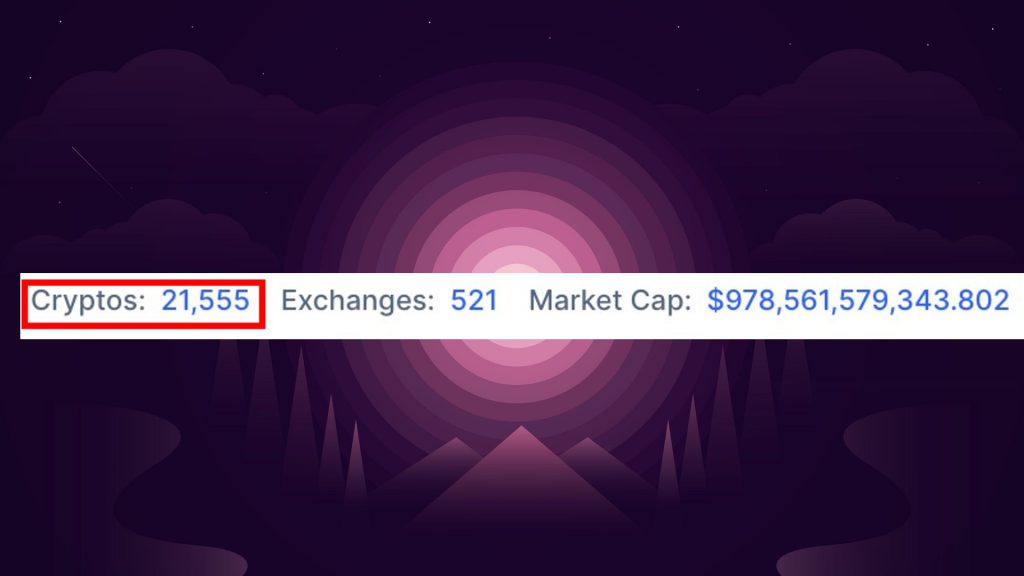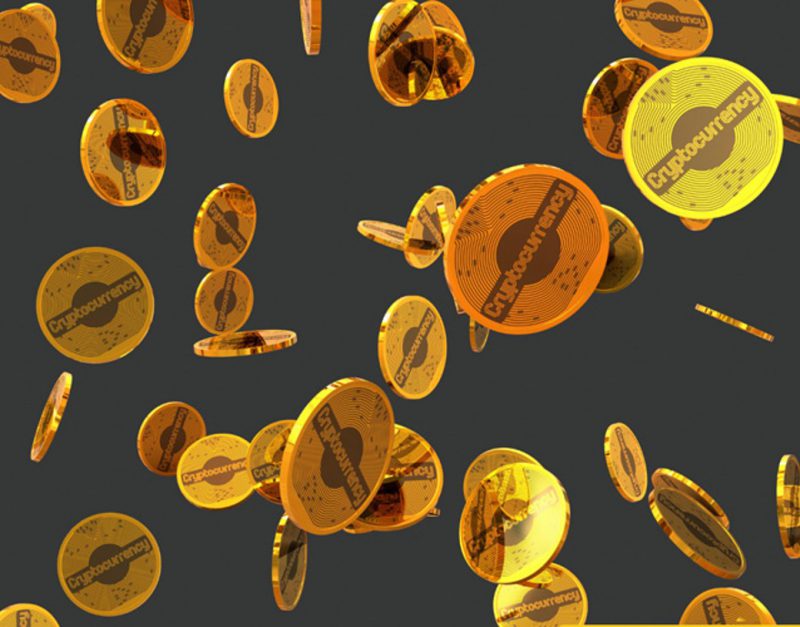The bear markets took over 2022 as leading cryptos plummeted to new lows after reaching their all time highs in 2021. Bitcoin was at $35,000 in January this year but fell to as low as $18,000 over the months. BTC is now at the $20K levels but the king crypto is unable to go beyond the $21.5K mark. The bears have a tight grip on the cryptocurrency markets as leading tokens are being pulled down in price every week. Despite the bearish conditions, brand new cryptocurrencies sprung up like mushrooms this year attracting millions in market cap. This article will help you understand how many new cryptos entered the cryptocurrency markets in 2022.
Also Read: Ethereum: How to Earn Passive Income By Staking Your ETH
How Many Cryptos Entered the Markets in 2022?


Nearly 5,000 new cryptocurrencies have entered the markets in 2022, data from CoinMarketCap shows. In January this year, the numbers stood at 16,500 and the overall cryptocurrencies available in the markets are now 21,555.
Therefore, approximately 500 new cryptos were born every month this year up until October 2022.


The newly born cryptos are plush with funds reaching a market cap of more than millions. While some delivered stellar gains during their inception, the others tanked and reached new lows. The overall crypto market cap now stands at $1.07 trillion and is up 0.5% today.
However, the newer cryptos are mostly obscure and are prone to fraud and rug pulls. It is advised to remain cautious before investing in the new tokens born this year.
Also Read: Chainlink inches closer to $8 as whales scoop up funds over weekend
In addition, the majority of the newer tokens have no use cases and move in the indices with their whims and fancies. If the bear markets continue into 2023, the new cryptos might not survive the onslaught. Several analysts have predicted that cryptos with little or no use cases might not survive until 2025.





